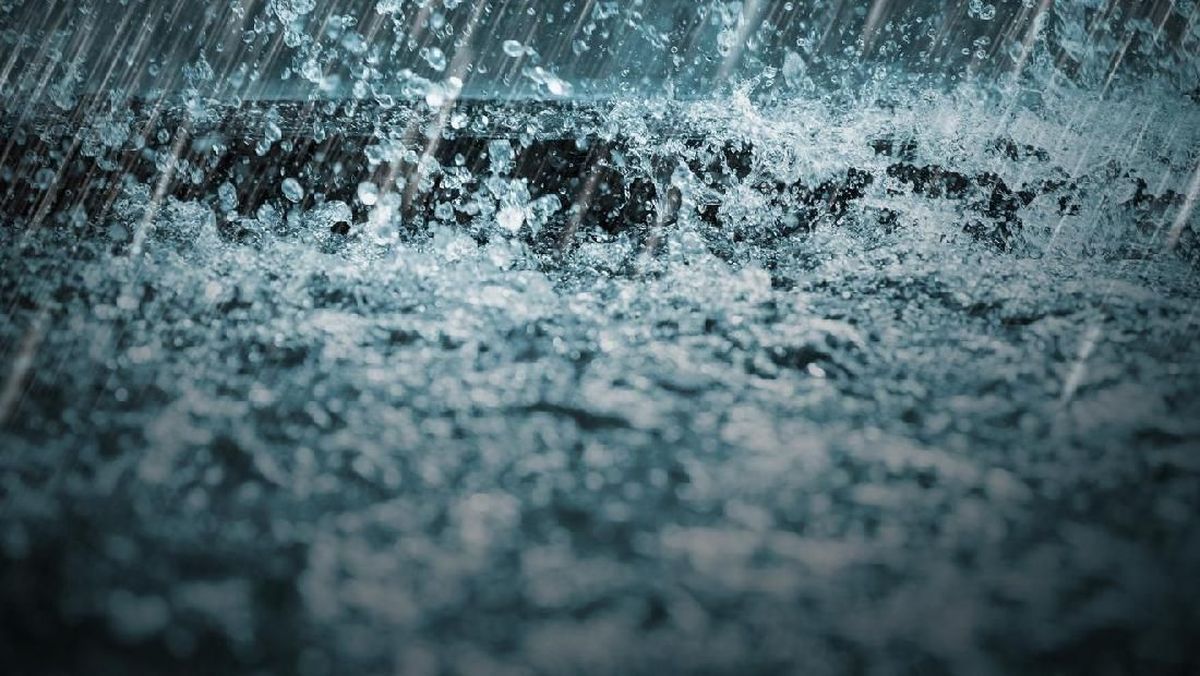Thousands of litres of milk and diesel spilt into Qld waterways. That was the start of the toxic problems
A truck fire that led to more than 16,000 litres of milk and 900 litres of diesel leaking into stormwater drains illuminated environmental issues at a Norco milk facility on the Gold Coast, labelled disturbing by a water quality expert.
Flames erupted at the co-operative’s Coombabah facility on the northern Gold Coast just after 2am on February 14.
It took nine crews to put out the flames, with almost 300,000 litres of water carrying milk, diesel and melted plastic spilling into storm drains that led to the nearby Biggera Waters canal.
While inspecting the site in the aftermath of the fire, officers from the Department of Environment, Tourism, Science and Innovation (DETSI) found significant issues unconnected to the fire.
Norco is a farmer-owned dairy co-op based in Lismore in the Northern Rivers region of NSW.
The Coombabah facility is in an industrial area on the Gold Coast Highway, near canal estates and wetland conservation areas.

The fire sparked in the early hours of February 14.Credit: Nine News
Officers reportedly found a concrete wall meant to contain “waste oil” leaking into a nearby stormwater drain, and noted pooled oil in the walled area designed to contain spills with an “odour consistent with that of diesel”.
According to an environmental enforcement order, Norco representatives told officers the tank was decommissioned.
Samples from the storm drain found petroleum sources and other chemicals deemed “particularly nasty” by catchment health expert Professor Michele Burford from Griffith University’s River Institute.

Dr Burford is a water catchment expert specialising in nutrients.Credit: Griffith University
Officers also discovered storm drains holding “milky” water, from which they took samples.
Dairy products pose a threat when introduced to waterways as they can increase nutrients such as phosphorus and nitrogen, which can lead to issues such as algal blooms.
The sample from one of the drains containing milky water was found to have more than 840 times the amount of phosphorus and 140 times the amount of nitrogen for recommended water quality in the area.
During an inspection a month later, government officers found paperwork submitted by Norco did “not show the current location, functionality or total number of stormwater drains on site”, and observed “multiple blocked or non-functioning drains on-site, containing stagnant and odorous water”.
“Norco representatives advise that damage to underground pipework led to an input of waste [milk] into the stormwater drain which was observed by officers,” the enforcement order said.
Loading
While the department did not find any proof of pollution in the surrounding area, Burford said they could only assess what was there on the day.
“You just don’t know how much has got out,” Burford said.
She said the massive concentrations of nutrients found in the milky water could wreak havoc on an ecosystem.
“It’s very concerning to see this kind of exceedance occurring, it’s just another pressure being put on our waterways,” she said.
In a statement, Norco said it had done everything asked of it by the Environment Department following the discovery.
“We have fully complied with the EEO requirements and timelines and continue to work closely with [the department] through every phase of the review process,” a Norco spokesperson said.
Start the day with a summary of the day’s most important and interesting stories, analysis and insights. Sign up for our Morning Edition newsletter.
Most Viewed in National
Loading


















































